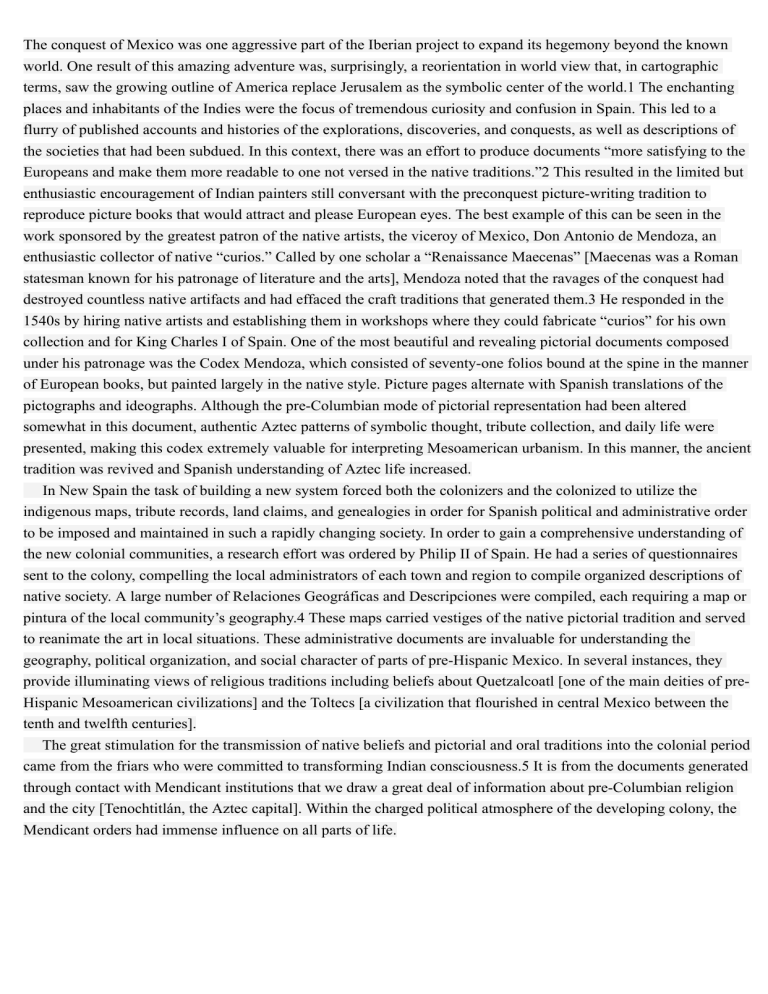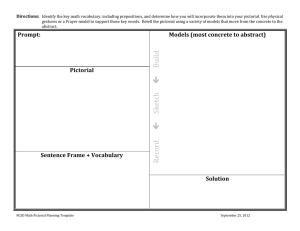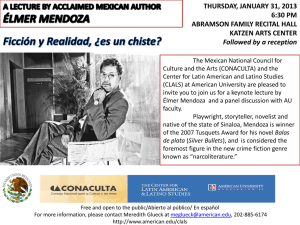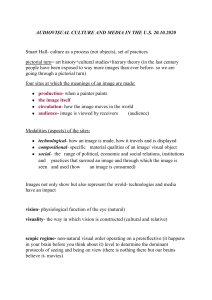
The conquest of Mexico was one aggressive part of the Iberian project to expand its hegemony beyond the known world. One result of this amazing adventure was, surprisingly, a reorientation in world view that, in cartographic terms, saw the growing outline of America replace Jerusalem as the symbolic center of the world.1 The enchanting places and inhabitants of the Indies were the focus of tremendous curiosity and confusion in Spain. This led to a flurry of published accounts and histories of the explorations, discoveries, and conquests, as well as descriptions of the societies that had been subdued. In this context, there was an effort to produce documents “more satisfying to the Europeans and make them more readable to one not versed in the native traditions.”2 This resulted in the limited but enthusiastic encouragement of Indian painters still conversant with the preconquest picture-writing tradition to reproduce picture books that would attract and please European eyes. The best example of this can be seen in the work sponsored by the greatest patron of the native artists, the viceroy of Mexico, Don Antonio de Mendoza, an enthusiastic collector of native “curios.” Called by one scholar a “Renaissance Maecenas” [Maecenas was a Roman statesman known for his patronage of literature and the arts], Mendoza noted that the ravages of the conquest had destroyed countless native artifacts and had effaced the craft traditions that generated them.3 He responded in the 1540s by hiring native artists and establishing them in workshops where they could fabricate “curios” for his own collection and for King Charles I of Spain. One of the most beautiful and revealing pictorial documents composed under his patronage was the Codex Mendoza, which consisted of seventy-one folios bound at the spine in the manner of European books, but painted largely in the native style. Picture pages alternate with Spanish translations of the pictographs and ideographs. Although the pre-Columbian mode of pictorial representation had been altered somewhat in this document, authentic Aztec patterns of symbolic thought, tribute collection, and daily life were presented, making this codex extremely valuable for interpreting Mesoamerican urbanism. In this manner, the ancient tradition was revived and Spanish understanding of Aztec life increased. In New Spain the task of building a new system forced both the colonizers and the colonized to utilize the indigenous maps, tribute records, land claims, and genealogies in order for Spanish political and administrative order to be imposed and maintained in such a rapidly changing society. In order to gain a comprehensive understanding of the new colonial communities, a research effort was ordered by Philip II of Spain. He had a series of questionnaires sent to the colony, compelling the local administrators of each town and region to compile organized descriptions of native society. A large number of Relaciones Geográficas and Descripciones were compiled, each requiring a map or pintura of the local community’s geography.4 These maps carried vestiges of the native pictorial tradition and served to reanimate the art in local situations. These administrative documents are invaluable for understanding the geography, political organization, and social character of parts of pre-Hispanic Mexico. In several instances, they provide illuminating views of religious traditions including beliefs about Quetzalcoatl [one of the main deities of preHispanic Mesoamerican civilizations] and the Toltecs [a civilization that flourished in central Mexico between the tenth and twelfth centuries]. The great stimulation for the transmission of native beliefs and pictorial and oral traditions into the colonial period came from the friars who were committed to transforming Indian consciousness.5 It is from the documents generated through contact with Mendicant institutions that we draw a great deal of information about pre-Columbian religion and the city [Tenochtitlán, the Aztec capital]. Within the charged political atmosphere of the developing colony, the Mendicant orders had immense influence on all parts of life.






